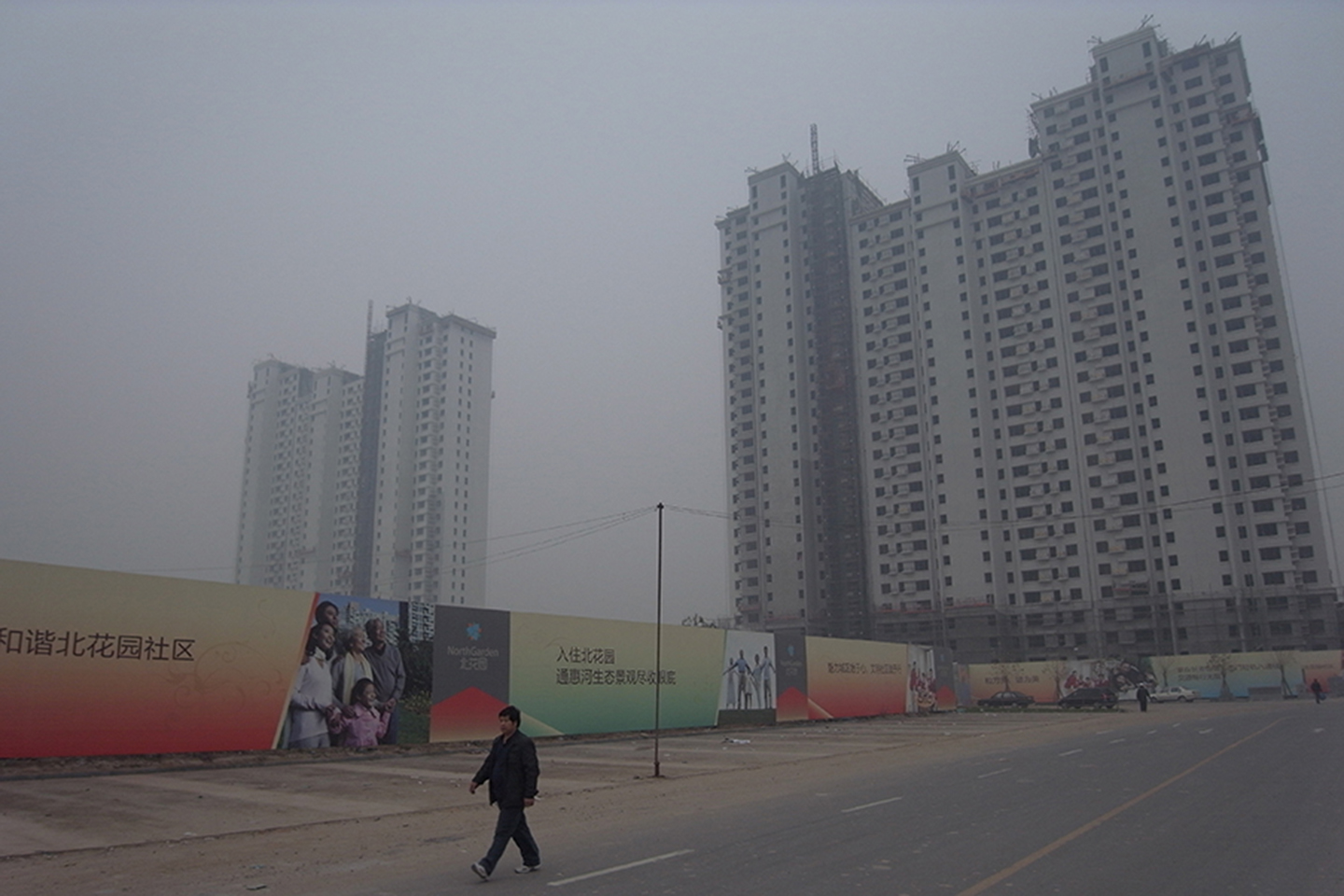New Anti-pollution Plan for Beijing
On March 28th, the Beijing government announced a plan to spend more than 100 billion yuan over three years to reduce pollution in the city. After air pollution peaked last January, the government is taking proactive steps to ease the anxieties of city residents concerned about their health. Yet the announcement is not necessarily a real turning point in the environmental policy of the capital. The four key problems identified — sewage treatment, waste disposal, air pollution, and illegal construction — have been the topics of many similar announcements in the past.
Due to industrial discharge and household waste, only three of the hundred rivers that feed Beijing can supply the city with running water. At the end of 2012, Beijing had 41 water treatment plants. According to the March 28th plan, this number will double by 2015. Beijing appears to be focusing on the treatment of waste water rather than attacking the problem at its root: the plan has no clear policy on pollution prevention. In an interview by Reuters, Zhou Lei, a researcher at Nanjing University, provides a partial explanation to this by stressing the economic interests of large recycling companies.
Demographic pressure and the emergence of a consumerist middle class have greatly increased the annual production of domestic waste in Beijing. Existing infrastructure is limited to illegal and often overused waste disposal (which according to an academic report from 2010, receives 90% of local waste) and a few incinerators (in 2010, there were three total). The new anti-pollution plan announced the construction of five new incinerators that will purportedly burn 70% of waste in the capital by 2015. However, this project is not without difficulties, largely stemming from local resistance: people fear the release of dioxin if incinerators built do not strictly adhere to the highest of environmental standards (the law is still unclear in China regarding the legal limits of these toxic emissions).
The most obvious problem is air pollution, with increased levels of fine particles (PM 2.5) reaching record highs. The deterioration of air quality is due to several factors: the uncontrolled increase of pollution from industrial areas on the outskirts of the city; the discharge resulting from burning coal for heating during winter months; and frequent sand storms exacerbated by deforestation. In the past, measures taken to reduce air pollution have included alternating traffic, a lottery for the issuance of new license plates, and the reinforcement of public transport systems. New measures should soon follow to further strengthen ongoing policies. Policies currently implemented and in progress include: temporary traffic restrictions on government vehicles during pollution peaks, more stringent automotive environmental standards, the replacement of coal heating for 44,000 households in the city center, the temporary or permanent closure of factories, and reforestation to provide more protection from sandstorms. Some experts, however, such as Zhao Zhangyuan, a professor at the Chinese Academy of Environmental Sciences, are already regretting the lack of cooperation from the neighboring regions. Ma Jun, director of the Institute of Public and Environmental Affairs, doubts the actual capacity of the government to enforce the measures.
The final phase of the plan involves “illegal constructions”, especially noticeable on the outskirts of the city where they form “urban villages” that Beijing has repeatedly sought to eradicate. Officials view these informal structures and settlements as misusing natural land resources and detrimentally promoting urban sprawl. According to the Municipal Planning Commission, they threaten both the environment and other residents. In concrete terms, it is likely that this will lead to an increase in the number of demolitions of these vernacular urban forms.
-
2013/03/12

-
Beijing

-
Angèle Cauchois


the other map
Explore arrow
arrow
loading map - please wait...




